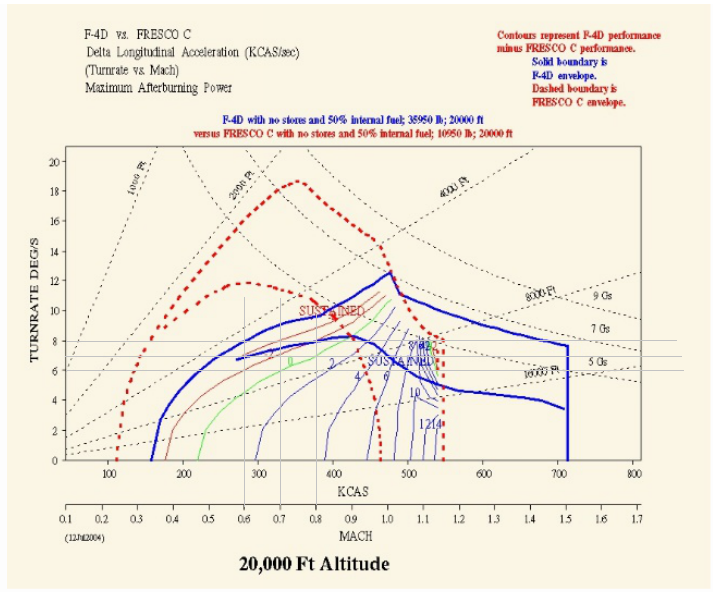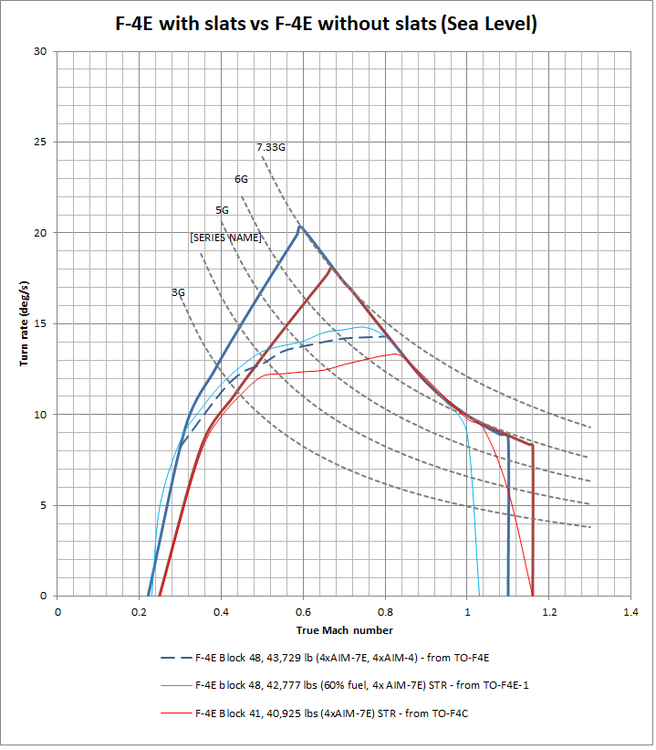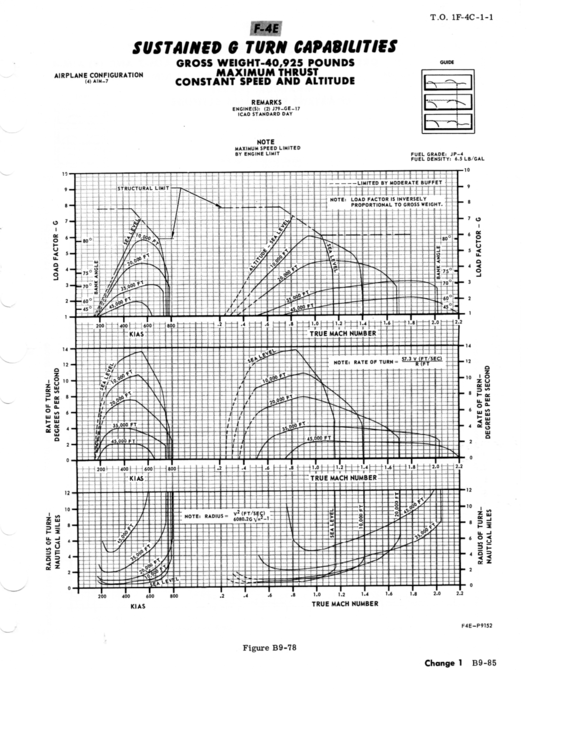-
Posts
1219 -
Joined
-
Last visited
-
Days Won
1
Content Type
Profiles
Forums
Events
Everything posted by SgtPappy
-
Thank you! So it looks like I will have to get into scripting. I wonder if the empty drop down list in the default trigger is a bug.
-
Is it possible to set a parameter that essentially "rolls dice" to cause a missile to fail when fired by a player? My goal is to model a % chance that a missile fired will simply not guide. I've looked up how to use the "Set Failure" trigger but in the few tutorials that exist, I am told to select a system from a drop down menu. However when I do so in the Editor, my list is empty and there is no field to select a specific unit to which to apply this failure. I could have sworn I've seen server messages in the "Just Dogfight" server that state "missile fired by XX: chances of failure = 50%" or something akin to that.
-
I've wondered this as well and I'm 99% sure I saw one of the dogfight servers use a script to cause random missile failures based on the mission designer's input number. I.e. someone fired an AIM-9X and the server created a message to all players "so-and-so fired an AIM-9X (failure rate = 50%". Maybe more experienced mission designers can confirm that this is in the Editor. I'd love to see this used in 1970's historic servers where we see missiles failing left and right (educated guess gives ~25-33% failure rates) and Pk will drop to the levels seen in real conflicts.
-
Keep the stories coming - these sound epic! That WSO locking up the bandit manually is something I can't wait to try when I'm in the backseat. That leads me to wonder: say you were in a good position to just use the front seat 5 nm "boresight" lock, did you have to wait the full 4 seconds before firing as well? I realize I may not have been clear in my missile vs missile comments. The point I was trying to make was limited only to the context of DCS as a game and the strategies that players develop in-game that do not reflect real-world strategy. I prefer when the combat reflects real-world events as closely as possible, but in a game with perfect IFF, players who consistently over-G their jets, nearly all-seeing GCI (especially with humans vectoring other human flights to bandits) and understandably simple ECM warfare modeling, you end up at a disadvantage in the game sometimes if you wait for VID. This is why servers that try to make VID more important are really my jam but I get it's not for everyone (hence my question about TISEO earlier). Now maybe one day in the far future, we'll get all the above set to maximum realism - including the reportedly terrible low altitude air conditioning system that will really put on the sweat I've heard even getting that system to work required skill and technique!
-
In addition to Gypsy's stats, I also had read about the R-23/24 having almost twice the rocket burn time of the AIM-7E (5 sec vs 2.9 sec which I may have mentioned elsewhere), so assuming even similar motor impulse, I do not have much confidence that the AIM-7E will be anything other than an all-aspect dogfight missile in servers that restrict heaters to the more historical rear-aspect only versions. I can see some forgoing them entirely for AIM-9P5's (or the AIM-7F if allowed) if the option is there. Absolutely badass!
-
What a surprise! Hopefully that F-16 was just as afraid as you were. Combat Tree sounds like it would be an awesome addition but I wonder if it can be modeled in DCS. I guess anyone flying a MiG with their transponder on could be made vulnerable although I'm not sure if the MiG-21 has this feature or if anyone would use it since SAMs rarely friendly fire. I still don't own a 4k anything now... so I get it. But it sounds very useful, I would imagine. That big ol' CRT TV in both birds was something I think other planes didn't really have at the time. I use the thing so much in DCS just to look at stuff, even if I'm just flying around, I think I've become spoiled. Thanks to both of you for the insight.
-
Did you feel like the TISEO wasn't worth the drag/handling penalty? I really enjoy how the TCS is modeled in DCS and I'm pretty excited to use it in the F-4E. Similarly @Victory205, did you find the TCS really useful when you trained/deployed? It sounds like HB will give us a choice since their earlier F-4E will not have it.
-
You have some good points, I mean the Navy and USMC Phantoms came first and are sort of the "purest" of the Phantom designs as well. If we got the F-4B or J first I certainly wouldn't complain as they all have their advantages and we all have our favourite versions. And while agree that a numbers can't be the only driver to the decision of which modules should be prioritized, I think maybe you may be giving too little priority to sheer numbers as well. I mean if it's the most widely exported, saw combat by a myriad of different countries, touched the hearts of people of vastly different backgrounds and cultures, I'm sure you can also empathize with why a lot, maybe the majority of people wouldn't mind an F-4E first. I've read pretty much every page of almost every thread here (can you tell I'm obsessed? ) and I haven't really seen anything about the F-4E's glaring disadvantages that made it "clipped" compared to the Navy or USMC birds, so it doesn't feel like really beating a dead horse. Rather I've just seen how F-4's in general are much older tech than the Viper or Hornet and that they are simply different than their Navy counterparts. Anyway, I'm getting a better understanding in all these great discussions so I'm happy to talk about it and learn more.
-
Did you fly in AF F-4's as well? I agree with you there - I really want mission designers to use those kinds of missiles that actually were used and were available during the 70s: R-3 Atolls, rear-aspect only AIM-9J/P's etc. I think the most popular servers that will only become busier when the Phantom comes out will stick to that mindset too. Usually they also allow the R-60 as well which is technically more of an 80's missile and personally I'd prefer for them to restrict to only Atolls but at least they're making the all-aspect R-60M unavailable. I'm sure if the AIM-9L/M is available for the F-4, it will see a lot more usage in more modern servers the same way the MiG-21bis with all-aspect missiles is used quite often in, say, Blue Flag 80's or even modern. I believe designers prefer to have all weapons available and then restrict at the mission-designer level which might be the better choice for a gaming community.
-
Do you know if those AWG-10 reliability issues were addressed early enough to have helped during the time the US was in the Vietnam War? Also I found that in the F-4J 1973 SAC pdf, the AN/ASW-25A datalink is listed as one of the systems equipping the F-4Js with BuNos 153071, 153851 and 155529 and up. Hopefully that helps.
-
This is great to hear. In a pinch it's what I'll do since I only have a single throttle. Did you ever deploy the speed brake in these instances to keep from overspeeding or maybe that wasn't really a problem? Thank you for this great info, makes me feel a lot better about facing the more advanced MiGs in the future. Which aircraft/pilot combinations give you the toughest time?
-
Some pilots have mentioned that they would put one engine to idle and the other to min burner to minimize the smoke. I would assume if one of the F-4's we're getting smokes, it will be the earlier block Phantom and we'll have to remember to do the same thing if we really want to avoid being detected. Because I'm insane, a part of me hopes they both smoke but it would make sense to have the later one smokeless since that modification came around ~1975 or so.
-
Interesting. I'm going to see what I can dig up on F-4J mods. I heard the Vietnam War ones had lots of those issues with the radar even though it was more capable when it worked. That said, the argument wasn't whether the F-4J needed features or not - the statement put forth was that the F-4E was apparently a featured-clipped F-4 compared to the J and my question is how? It can't be launched off carriers and has no PD radar. It's a little slower due to the slats. That's all I can think of as a trade-off to all the other stuff the USAF and customers wanted.
-
Indeed, raw numbers are not enough, but there are also the things I mentioned earlier service records, kills, aircrew who flew them etc. I can't wait for the F-4J as well because that would complete the Vietnam-era Phantom set and heck - landing on carriers is so much fun in DCS. The F-4S sounds cool but I'm not as excited since the J is the Vietnam-era variant and has a PD radar. Just curious, what features were clipped when going to the F-4E? The F-4E added a lot of functionality but I see the J as a complement, not overall superior in features and capability.
-
Ah of course, the ol' Peanut Butter and Jelly Mitchell! It's still a B-25 variant though, is it not? I'll be sure to check out that book. Most of mine have been technical so far and I think I want to see a bit more memoirs and research on air crew. Apologies, I did not mean to downplay the contribution, but was simply implying from a numbers perspective, the PBJ is less numerous than the B-25 which spanned multiple theatres. The F-4E saw many more operators and was made in larger numbers so the parallelism didn't really apply. But it's neither here nor there, just a minor thing.
-
The Navy variants are hands-down the prettiest ones! With the big radar noses and smoother lines. That said, the F-4E's we're getting have always been my favourite. I don't think it's the same as starting with a Navy variant B-25 which in comparison was obscure and rare. The F-4E is the most-produced, most ubiquitous version that saw the most combat and produced the most kills and aces. But that's me being nit picky!
-
I have noticed that the effect of drag of the sidewinders or falcons in the USAF manuals tends to not be a huge driver for the peak STR more so than weight. That said, I did not expect for a light, hard wing F-4J to even compete with a loaded, slatted F-4E but here we see the F-4J has a tiny advantage. Chances are with the 4500 lbs more weight to match the fuel load %, the advantage would go back to the slatted E but by not as much as I had once thought. Do you have a link to these plots? Or do you have more plots to share at a different weight for the F-4J? I've been looking everywhere for the F-4J's performance info. EDIT: Upon further inspection, it appears the F-4J manual shows a higher max. G structural limit (ignoring the AIM-9's) at 8.5 G until Mach = 0.7, linearly decreasing to 6.5 G at Mach = 1.05. The F-4E plot at 42,777 lbs with four sparrows has a 7.5 G limit until Mach 0.7, linearly decreasing to 5.8 G at Mach =1.05. However the relative subsonic performance between the two planes' graphs is nearly identical at SL. Taking some points on the mostly linear sustained acceleration plots, both the slatted F-4E and this F-4J sustain 7 G at a minimum Mach ~=0.77 and 4.2 G at Mach ~=0.5. At higher altitudes and Mach number, the light F-4J starts to come out ahead especially supersonic where the slats are dead weight/drag. It will sustain 6.2 G max at 10 kft at Mach ~=0.94 where the F-4E with more fuel load will sustain 5.8 G at the same altitude at a slightly lower Mach resulting in a very, very small turn rate advantage for the light J here. Said another way, the slats do have quite the effect since the F-4J with 4x4 full missiles needs to be very light with next to no fuel (~25%) to match a slatted F-4E at 60% fuel with four sparrows in sustained turn performance.
-

DMAS Version autonomous self lasing - Pave Spike / Pave Tack
SgtPappy replied to AvroLanc's topic in DCS: F-4E Phantom
Don't think of it as ugly think of it as.. double-ugly! Bad joke, I'll see myself out. But really, your team is going above and beyond to have all this versatility and variety. -

DMAS Version autonomous self lasing - Pave Spike / Pave Tack
SgtPappy replied to AvroLanc's topic in DCS: F-4E Phantom
This is great to hear. I understand things could change but your feedback is well-received. I remember in the Belsimtek days when this was canceled I was really disappointed for a while. Now bringing back two F-4E's with the exact configurations that I happened to be dreaming of is incredible - with the teaser released on my birthday no less. Should I be concerned that someone from HB might be stalking me?? Back to the discussion now: Does DSCG necessarily mean that TISEO is equipped? I'm reading my copies of the -34-1-1 and -34-1-1-2 and I haven't got too far, but they say that the DSCG equips all TISEO planes and allows the use of TV video (from say the AGM-65's or Pave Knife) but I guess that doesn't necessarily mean that all DSCG birds have TISEO installed. -
Yes, the hard wing F-4E data is in 1F-4C-1 which you can find here: http://aviationarchives.blogspot.com/2016/01/f-4cd-and-e-flight-manual-update.html
-

DMAS Version autonomous self lasing - Pave Spike / Pave Tack
SgtPappy replied to AvroLanc's topic in DCS: F-4E Phantom
Awesome stuff. My mom used to tell me about the typhoons and how sometimes she'd play in the small flooded parks with her siblings. Wild weather, and by the sound of it, even wilder flying! I would love to hear more about your DACT experiences there. This is going to be a brand new experience to the DCS community. Can't wait to the GBU-15 for myself. -

DMAS Version autonomous self lasing - Pave Spike / Pave Tack
SgtPappy replied to AvroLanc's topic in DCS: F-4E Phantom
This is a great story, Vulture. I didn't know you were with the 3rd TFS! Those birds are some of my favourite Phantoms since my parents were born and raised in the Philippines in different parts of Luzon. I think they left for Canada by the time you were dropping those bombs though! -
Continuing from the other thread, the F-4J should certainly turn worse than the slatted F-4E. Unfortunately I don't think there are performance charts readily available for it nor the F-4D but I have found a couple of things (hopefully reputable) that should illustrate how much the slats improved things subsonically. The information below comes from a Have Drill summary pdf I found and the F-4D charts below are pretty close to the hard-wing F-4E turn charts in TO 1F-4C-1. The D is a bit better because it's a lot lighter than the F-4E in the TO charts. Because they seem to be pretty close, I'd wager the F-4J (which is aerodynamically similar to the D and weighs similarly to the E) is not far off. See below. F-4D vs MiG-17 at 20,000 ft from Have Drill Summary Hard wing F-4E turn performance Below are turn rate plots (in addition to info from their Vn diagrams for instantaneous turn rates) for the hard wing and slatted F-4E which have been directly taken from the TO manuals and overlaid. The difference in subsonic maneuverability is quite impressive. Note: Based on the weight charts at the top of the TO's, I realized that both hard and slatted wing F-4E charts (with AIM-7's only) have ~60% fuel. Hard vs Slatted wing F-4E overlay
-
What a wholesome story. Hopefully he won't mind an F-4E for the time being, maybe in Keflavik colours which look a bit more like grey USN jets.
-
So it appears most of these turn performance graphs do not show the 16 deg. sweep turn rates. Is this because that sweep setting is limited in speed and therefore, 45 deg. is the "normal" maneuver setting? Or is there something I'm missing?






